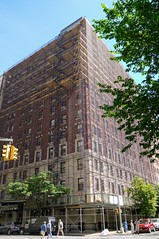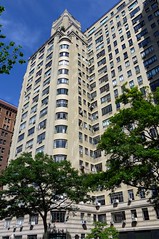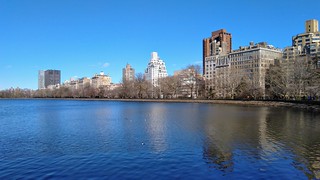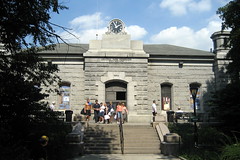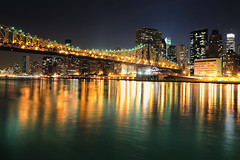South:

Corner (1048 5th): This six-story
Louis XIII-style townhouse was designed by Carrere and Hastings for William Starr Miller (1856-1935), a lawyer and industrialist who married Edith Warren (1866-1944), the sister of architect Whitney Warren, who lived on the same block. Their daughter was
Edith Starr Miller, a far-right conspiracy theorist who married Almeric Paget, Lord Queenborough, here in 1921.
After Edith Warren Miller's death, the house was bought by
Grace Vanderbilt (1870-1953), widow of Cornelius Vanderbilt III and grand dame of New York society, who had been forced to sell her palatial mansion to the Astors, and referred to this place as "the gardener's cottage."
The house next became the home of YIVO, the world's largest Yiddish-language archive, now located on West 16th Street.
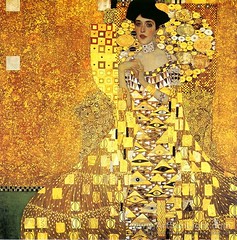
In 1994, it was purchased by cosmetics tycoon Ronald Lauder, who opened the Neue Gallerie New York here in 2001, a museum of early 20th century German and Austrian art, featuring works by artists like Gustav Klimt, Egon Schiele and George Grosz. When Lauder purchased Klimt's Portrait of Adele Bloch-Bauer I for the museum in 2006 for a reported $135 million, it set a record for the highest price paid for a painting. The museum is a tribute to Lauder's late friend, the art dealer Serge Sabarsky. (cc photo: Mark Hinchman)

2: Though it goes by
1049 Fifth Avenue, this 23-story beige-brick building is not actually on the avenue; its owners successfully appealed for an address change in 1991 on the grounds that you could see Central Park from many of its windows.
It was built in 1928 as the Hotel Adams. Otto Rank, Freud's protege, lived and practiced therapy here. He had an affair with writer Anais Nin, whom he taught psychoanalysis to; she also saw patients here. Hector Guimard, one of the primary artists of the Art Nouveau movement, died in obscurity here in 1942 (AATT). Novelist P.G. Wodehouse stayed here in 1947-48, as did playwright Arthur Miller in 1960 after his separation from Marilyn Monroe.
Right-wing broadcaster
Rush Limbaugh bought a penthouse here in 1994. He sold it and left town in 2010, a year after New York state adopted an income tax surcharge on wealthy individuals (NNY).
12 (corner): The Croydon, 15-story apartment building designed by Schwartz & Gross in 1923. Songwriter Harold Arlen moved here in the early 1930s, when it was a residential hotel called the Croydon Hotel.
| 



